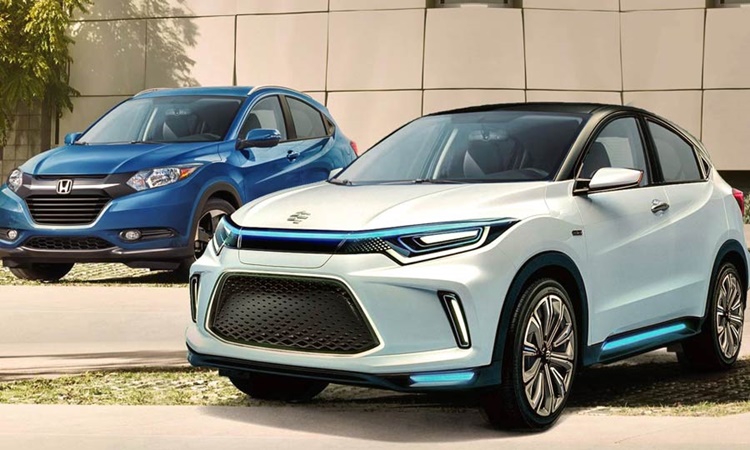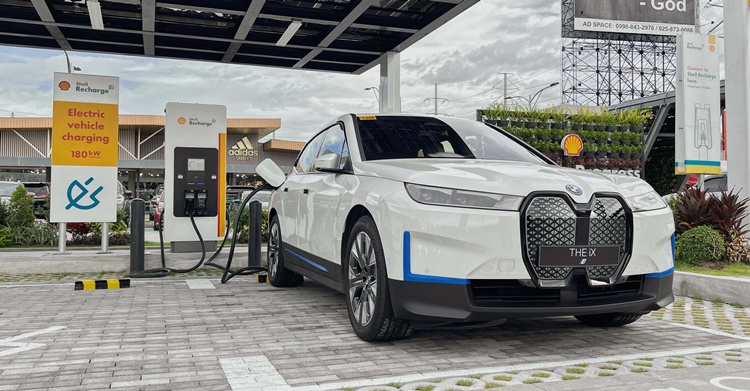Benefits Of Electric Cars You Didn’t Know
ELECTRIC CARS – Electric vehicles (EVs) offer a multitude of advantages, including their environmentally friendly operation, cost-effectiveness, and impressive performance attributes, making them an increasingly attractive option for modern transportation.
The common advantages of electric cars over gasoline-powered vehicles often revolve around the convenience of home charging and the ease of refueling, similar to plugging in your smartphone. Now, let’s explore deeper into the various worth of electric vehicles, including their positive impact on the environment, cost savings, performance, and technological advancements. Also, check out these 10 affordable electric cars you can buy in 2023.
The realm of electric vehicle technology has seen rapid progress since its introduction, with an array of plug-in hybrid and fully electric vehicle options now available in the market. Electric vehicles (EVs) can be partially or entirely powered by electricity, resulting in lower operational costs due to fewer moving parts that require maintenance. Moreover, EVs are notably eco-friendly, as they rely little or not at all on fossil fuels.

Benefits of Electric Vehicles
1. EVs have zero tailpipe emissions.
Unlike traditional combustion engines that rely on gasoline or diesel, fully electric vehicles produce zero tailpipe emissions. This means they don’t emit harmful pollutants into the air. Instead, they operate with lithium-ion batteries, which are emission-free and can be charged repeatedly without harming the environment.
2. EV battery production can be environmentally friendly.
While the production of EV batteries can potentially contribute to air pollution, advancements in this area are being made. Most of the emissions associated with EVs occur during the battery manufacturing process. However, industry standards are evolving to reduce these emissions, making EV battery production more environmentally friendly.
3. EV makers employ environmentally friendly materials.
Lighter electric vehicles have longer ranges and emit fewer carbon emissions. To achieve this, manufacturers are increasingly using recycled and organic materials that are not only environmentally friendly but also durable and efficient. This shift towards sustainable materials contributes to the overall eco-friendliness of EVs.
4. Low running costs
Electric vehicles offer several cost advantages compared to traditional internal combustion engine (ICE) vehicles. Here are key factors contributing to the cost-effectiveness of EVs:
PRICE
Several electric and hybrid electric vehicle models, including the Chevrolet Bolt, Ford Fusion Energi, Honda Clarity, and Mitsubishi Outlander, are available for $37,000 or less. Additionally, the Nissan LEAF and Toyota Prius Prime are affordable options, priced under $30,000. The used electric car market is also expanding, with many options costing less than new ones. While this might appear as a larger upfront investment compared to purchasing a new gasoline-powered vehicle, the long-term savings can be substantial.
FUEL
On average, approximately 20% of a typical U.S. household’s expenses go toward transportation. Switching to an electric car can result in annual savings of approximately $1,000 in fuel costs. Charging a 60-kilowatt-hour (kWh) electric vehicle with a range of over 230 miles at home costs less than $8. Furthermore, electricity prices tend to remain more stable than oil prices, making it easier to budget for an electric vehicle on an annual basis.
MAINTENANCE
Maintaining an electric car, particularly one powered by batteries, is considerably less expensive than maintaining a fossil fuel-powered vehicle due to its simpler design with fewer moving components. Electric vehicles feature one-speed transmissions and regenerative braking systems, which prolong the lifespan of brakes and eliminate the need for oil changes. In the United States, automakers are required to provide warranties for electric vehicle batteries, typically covering them for at least eight years or 100,000 miles. In practice, many EV battery packs have exceeded 200,000 miles with less than a 10% loss of power. In most cases, the only routine maintenance costs include replacing windshield wipers and tires.
5. Price
Many EV and hybrid EV models are priced at $37,000 or less, with some, like the Nissan LEAF and Toyota Prius Prime, available for less than $30,000. Additionally, the used electric car market offers cost-effective options. While the initial purchase price may seem higher than a gas-powered car, long-term savings can be substantial.

6. Fuel
Electric cars can save around $1,000 annually in fuel costs when compared to gasoline-powered vehicles. Charging an electric vehicle with a range of over 230 miles at home typically costs less than $8. Moreover, electricity prices tend to be more stable than oil prices, making budget planning easier for EV owners.
7. Maintenance
Electric cars, especially those powered by batteries, have significantly lower maintenance costs due to their simplified design with fewer moving parts. Electric vehicles often feature one-speed transmissions and regenerative braking, which extends the lifespan of brakes and eliminates the need for oil changes. Additionally, U.S. automakers typically offer warranties for EV batteries, providing peace of mind to owners.
8. Performance of Electric Vehicles
Electric vehicles (EVs) can accelerate swiftly without the need for gear shifts, delivering instant access to 100% of their torque. Many EVs can achieve 0 to 60 mph in under 6 seconds, with the Tesla Model S P100D setting an astonishing record of 2.5 seconds, establishing itself as one of the world’s fastest production cars. Thanks to the uniform placement of batteries beneath the car’s floorboard, EVs benefit from a low center of gravity and impeccable balance. This makes EVs both sporty and efficient, particularly in urban settings, where they utilize regenerative braking to capture and store energy from braking maneuvers.
9. EVs can usually use HOV lines and get the best parking spots.
Depending on your location, owning an electric vehicle (EV) can grant you access to high-occupancy vehicle (HOV) lanes, regardless of your car’s size or the number of occupants. HOV lanes are typically designated for vehicles with a driver and one or more passengers.
Moreover, in certain areas, electric vehicles can avail of premium parking spots that are often marked with green paint and exclusively reserved for EVs. In some locations, hybrid or fully electric cars may even enjoy free parking privileges.
10. EVs are quieter than cars that run on gas.
Internal combustion engines are characterized by their noise and require an entire exhaust system to mitigate their decibel levels. Conversely, all-electric engines operate quietly, providing a noise-free driving experience while simultaneously reducing noise pollution.
It’s worth noting that despite their quiet operation, electric vehicles do not compromise on power or speed, as they can deliver 100% power at 0 revolutions per minute (RPM) by instantly harnessing electrical energy.
Please like and follow/subscribe:
Newspapers.ph
Newspapers YouTube Channel
Newspapers Facebook Page
